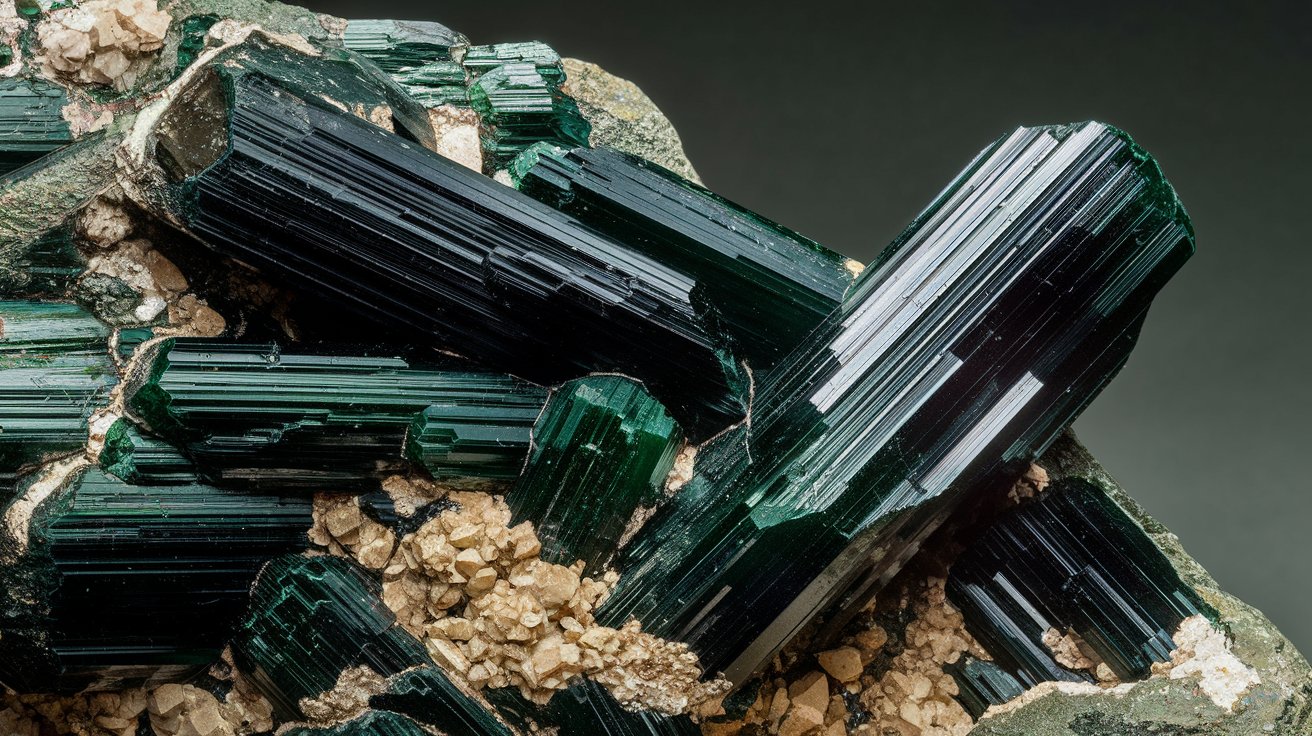
Sinoite, a rare mineral, often sparks curiosity among geology enthusiasts. Found in meteorites and some terrestrial rocks, it holds a unique place in the world of minerals. But what exactly makes sinoite so special? Sinoite is composed of silicon nitride, a compound known for its hardness and thermal stability. This mineral's formation process involves high temperatures and pressures, making it a fascinating subject for scientists studying the early solar system. Its presence in meteorites suggests it formed in space, offering clues about cosmic conditions. Ready to learn more about this intriguing mineral? Let’s dive into 25 captivating facts about sinoite!
Key Takeaways:
- Sinoite is a rare and fascinating mineral found in meteorites, with a unique hexagonal crystal structure and valuable insights into planetary formation.
- Its high-pressure formation and extraterrestrial origin make Sinoite a prized specimen for collectors and a valuable resource for scientific research in high-pressure mineralogy.
What is Sinoite?
Sinoite is a rare mineral that has fascinated scientists and gem enthusiasts alike. Its unique properties and formation process make it a subject of intrigue. Let's dive into some captivating facts about this mineral.
-
Sinoite is a silicon oxynitride mineral, composed of silicon, oxygen, and nitrogen.
-
It was first discovered in 1966 in the Canyon Diablo meteorite, which fell in Arizona.
-
The name "Sinoite" is derived from the Latin word "sinus," meaning "curve" or "fold," reflecting its crystal structure.
-
Sinoite forms in a hexagonal crystal system, which is relatively rare among minerals.
-
This mineral is typically found in meteorites, making it an extraterrestrial mineral.
Physical Properties of Sinoite
Understanding the physical properties of Sinoite helps in identifying and studying this mineral. Here are some key characteristics.
-
Sinoite has a hardness of 6.5 on the Mohs scale, making it relatively hard but not as hard as quartz.
-
The mineral exhibits a vitreous luster, giving it a glass-like appearance.
-
It has a specific gravity of 2.85, which is considered average for minerals.
-
Sinoite is usually colorless or white, but it can also appear in shades of gray.
-
The mineral has a conchoidal fracture, meaning it breaks with smooth, curved surfaces.
Formation and Occurrence
The formation and occurrence of Sinoite provide insights into its rarity and geological significance.
-
Sinoite forms under high-pressure and high-temperature conditions, typically found in meteorite impact sites.
-
It is often associated with other high-pressure minerals like coesite and stishovite.
-
The mineral has also been found in lunar samples brought back by the Apollo missions.
-
Sinoite is not commonly found on Earth, making it a valuable specimen for collectors and researchers.
-
Its presence in meteorites suggests it forms in the early solar system, providing clues about planetary formation.
Uses and Applications
While Sinoite is not widely used in commercial applications, it has some specialized uses and scientific significance.
-
Sinoite is primarily used in scientific research to study high-pressure mineralogy.
-
It helps scientists understand the conditions and processes that occur during meteorite impacts.
-
The mineral's unique properties make it a subject of interest in materials science.
-
Sinoite can be synthesized in laboratories for experimental purposes.
-
It is sometimes used as a reference material in X-ray diffraction studies.
Interesting Facts about Sinoite
Here are some additional intriguing facts about Sinoite that highlight its uniqueness and importance.
-
Sinoite is one of the few minerals that contain nitrogen as a major component.
-
The mineral's hexagonal structure is similar to that of wurtzite, another rare mineral.
-
Sinoite's discovery in meteorites has led to new theories about the formation of silicon oxynitride compounds.
-
It is often studied alongside other extraterrestrial minerals to understand the composition of meteorites.
-
Sinoite's rarity and extraterrestrial origin make it a prized specimen for mineral collectors and museums.
Final Thoughts on Sinoite
Sinoite, a rare mineral, holds a unique place in the world of geology. Found in meteorites, it offers clues about the early solar system. Its chemical composition, silicon nitride, makes it incredibly hard and heat-resistant. This mineral isn't just a scientific curiosity; it has practical applications in industries like electronics and ceramics. Understanding sinoite helps scientists piece together the history of our solar system and the processes that shaped it. Whether you're a geology enthusiast or just curious about the universe, sinoite is a fascinating subject. Its rarity and unique properties make it a gem in the study of minerals. So next time you hear about meteorites, remember the tiny, yet significant, sinoite. It’s a small piece of a much larger cosmic puzzle.
Frequently Asked Questions
Was this page helpful?
Our commitment to delivering trustworthy and engaging content is at the heart of what we do. Each fact on our site is contributed by real users like you, bringing a wealth of diverse insights and information. To ensure the highest standards of accuracy and reliability, our dedicated editors meticulously review each submission. This process guarantees that the facts we share are not only fascinating but also credible. Trust in our commitment to quality and authenticity as you explore and learn with us.
